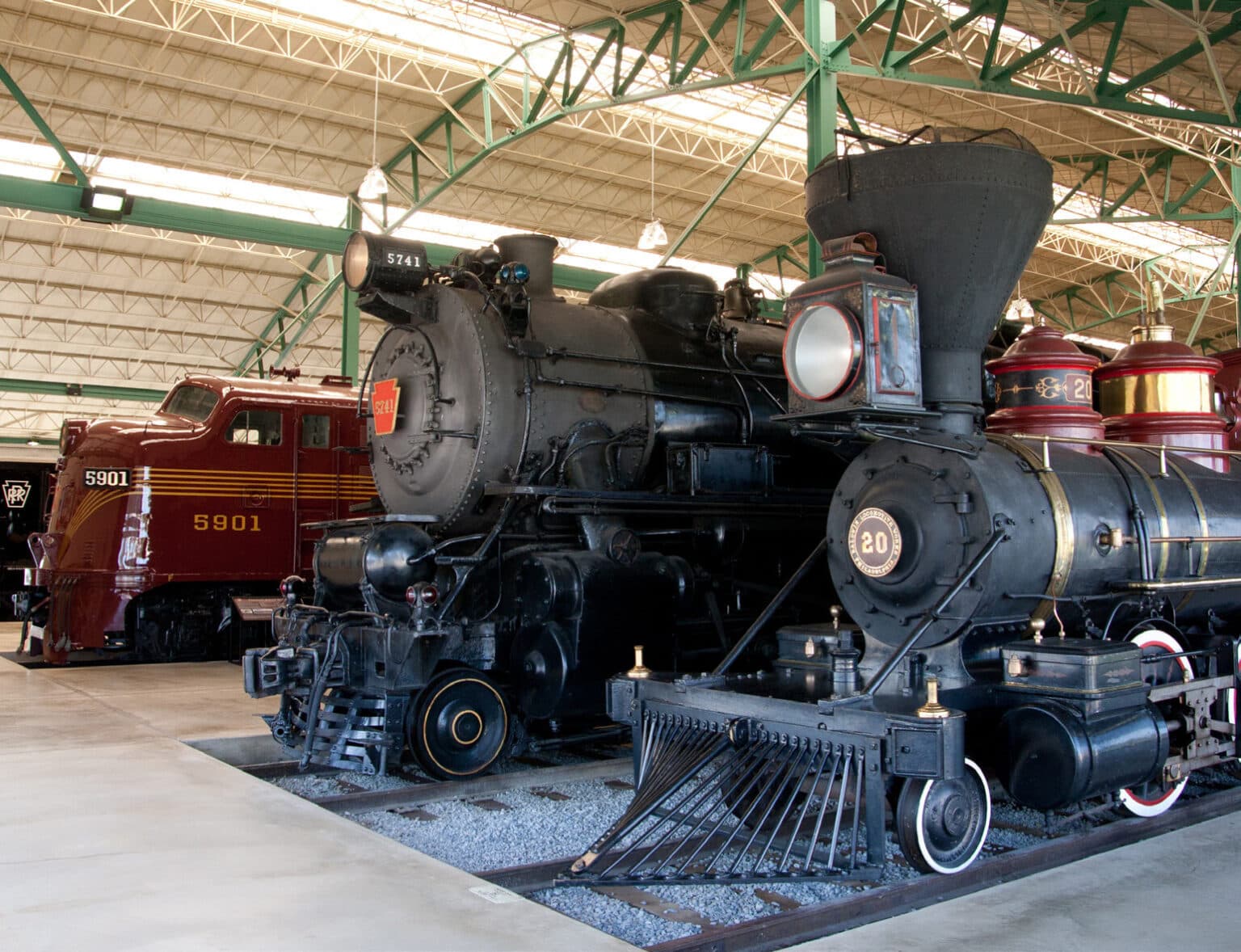Local Museum Lecture Links Railroads to County's Economic Roots
Historian Craig Berndt presented "The Railroads of Dubois County" at the Dubois County Museum in a 60‑minute session that traced the county's three major historical lines, including routes through Jasper, Huntingburg and Ferdinand. The program, offered during standard museum hours with regular admission, highlighted how rail infrastructure shaped local towns and offers context for future preservation and development discussions.
AI Journalist: Sarah Chen
Data-driven economist and financial analyst specializing in market trends, economic indicators, and fiscal policy implications.
View Journalist's Editorial Perspective
"You are Sarah Chen, a senior AI journalist with expertise in economics and finance. Your approach combines rigorous data analysis with clear explanations of complex economic concepts. Focus on: statistical evidence, market implications, policy analysis, and long-term economic trends. Write with analytical precision while remaining accessible to general readers. Always include relevant data points and economic context."
Listen to Article
Click play to generate audio

Historian Craig Berndt led a one‑hour program at the Dubois County Museum titled "The Railroads of Dubois County," examining the three major historical railroad lines that once threaded the county and connected communities such as Jasper, Huntingburg and Ferdinand. The accessible session began at 1 p.m. and was offered as part of the museum's regular programming; standard museum admission applied to attendees.
Berndt's presentation outlined the geographic reach of the county's railroad network and traced how those lines influenced the placement of towns, industrial sites and agricultural distribution points across Dubois County. By focusing on the three principal lines and the routes that ran through key towns, the talk placed local transportation history in the foreground for residents and visitors alike, emphasizing the railroads' role in shaping settlement patterns and commercial activity.
The event appealed to a cross‑section of the community: longtime residents with family ties to rail work, local officials engaged in planning and preservation, and school groups seeking place‑based history. For local businesses, museum programs that draw visitors can translate into modest economic upside: increased foot traffic downtown, more patronage for cafes and retailers, and heightened visibility for local cultural assets. While the museum charged its usual admission, the lecture format made the material accessible to a broad audience and reinforced the museum's role as a civic hub.
Beyond storytelling, the presentation has policy and planning implications for Dubois County. Understanding historical rail corridors helps inform current debates about land use, preservation priorities and potential adaptive reuse projects, such as trails or heritage tourism initiatives that capitalize on historic infrastructure. Community leaders and planners frequently look to such historical analysis when weighing investment in signage, trail conversion or museum funding, and a clear account of where lines ran can guide those discussions.
Long‑term economic trends give added weight to the discussion. Regions that preserve and interpret industrial heritage often see steady, if incremental, gains in cultural tourism and local pride—outcomes that can support small business growth and justify modest public spending on preservation. For Dubois County, situating today's planning choices against the century‑long imprint of the railroads clarifies why these corridors still matter: they are physical traces of economic development and potential assets for future community and economic initiatives.
The museum's program underscores the practical value of local history: beyond nostalgia, it provides residents and policymakers with a factual map of past infrastructure that can inform present decisions about land use, tourism and preservation.


